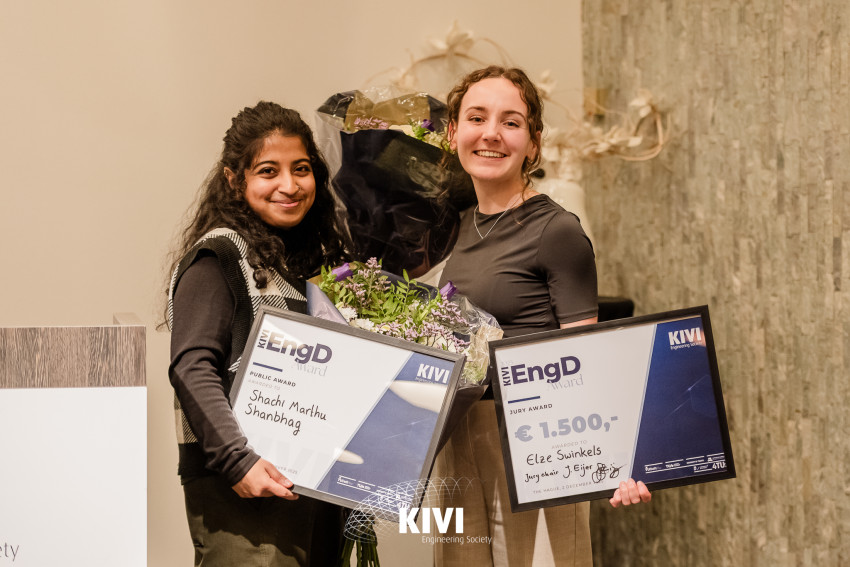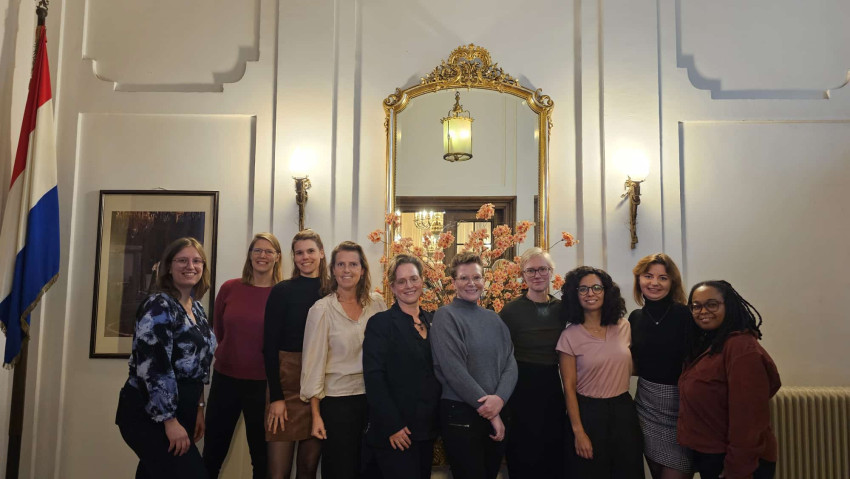
Or should it be 4-and-a-half?
There are only 4 ways to produce zero-carbon energy: Hydro, Nuclear, Sun and Wind. (Biomass should be reserved for producing chemicals.) A substantially increase of any one of them causes all kinds of problems. Hydro: building a dam in a river (there are no suitable rivers in The Netherlands) is an ecological no-no. Nuclear: the word itself is radioactive. The sun shines only half the day (if that) and wind on land has a NIMBY-problem.
Together these alternatives have not even kept up with the steady increase of demand; in other words, Dutch emissions are still increasing, not decreasing.
Thus, to put it bluntly: there is no way around carbon capture and storage (CCS), at least in the short term, if we want to cut greenhouse-gas emissions by 95% by 2050, as the government mandated. But CCS has its own set of problems, both at the storage-end (think Barendrecht) and at the capture-end (the high cost of the capture plant itself and the energy penalty that can account for up to a third of the gross output, requiring a much larger plant to generate the same amount of power).
To make capture cheaper is a subject of worldwide research. An overview of the research aimed to develop a second-generation of lower cost CO2 capture technologies shows a number of promising developments.
One of those is called the Allam cycle. The Allam cycle has been around for only a few years, that is why you probably have not heard of it (yet). Basically, it is a Brayton Cycle running on supercritical CO2 (sCO2).
The idealized Brayton cycle.
Due to its high fluid density, sCO2 enables extremely compact and highly efficient turbomachinery. It can use simpler, single casing body designs while steam turbines require multiple turbine stages and associated casings, as well as additional inlet and outlet piping. The high density also allows for highly compact, microchannel-based heat exchanger technology. To get there natural gas or syngas is combusted at 300 bar with oxygen to produce an exhaust of supercritical CO2 and steam. Using LNG comes to mind, as it does hardly be compressed, just regasified. Part of the heat can be supplied by the air that needs to be cooled anyway for the ASU (air separation unit). For more details click here.
The Allam Cycle process from 8 Rivers Capital is particularly noteworthy, as even with coal gasification incorporated it is claimed to be capable of higher efficiencies (>50%, LHV) and lower electricity costs than a conventional coal plant without CO2 capture.
At NET Power, a natural gas-based version of the process is currently being scaled up to a 50 MWt pilot in Texas and expected to begin commissioning early next year. For its application to coal syngas, the company is working on a modified combustor and an integrated SOx/NOx removal process based on the lead chamber reactions.


